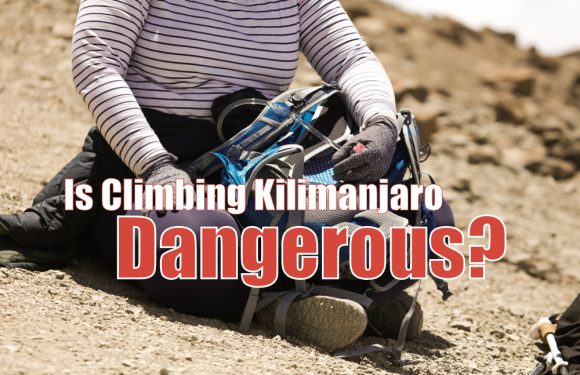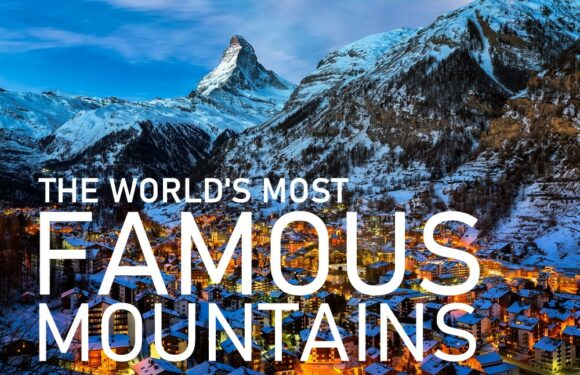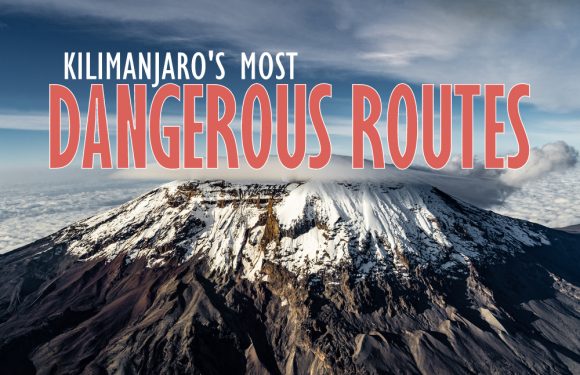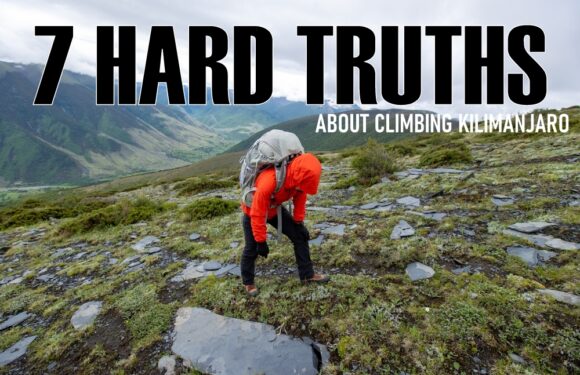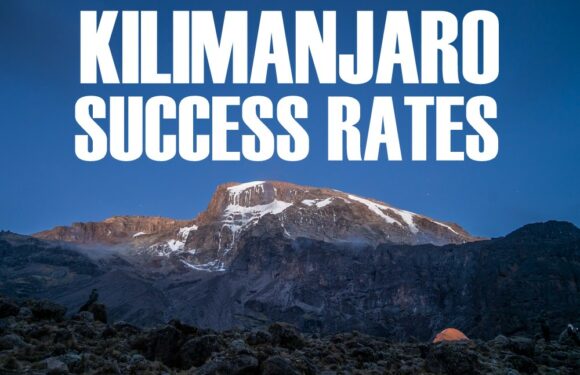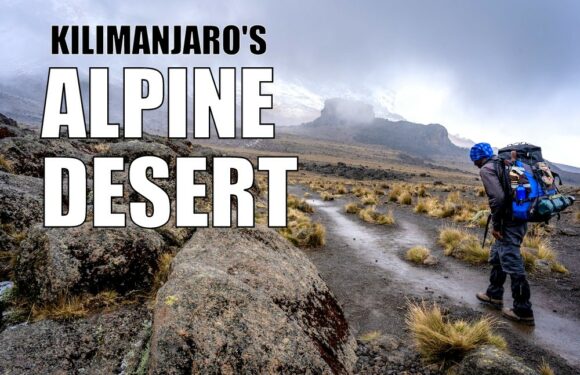Located in northeastern Tanzania, Mount Kilimanjaro stands as a testament to nature’s grandeur.
As the highest peak in Africa, Mount Kilimanjaro is a dormant stratovolcano. Over millions of years, its volcanic cones formed through a series of volcanic eruptions, depositing layers of volcanic ash, lava, and rock. Kilimanjaro was sculpted through the relentless forces of nature, resulting in the mountain we know today.
Behind the beautiful landscapes, snow-capped peaks, and diverse ecosystems lies a story of environmental conservation, cultural significance, and the birth of a national park.
The Era of Exploration
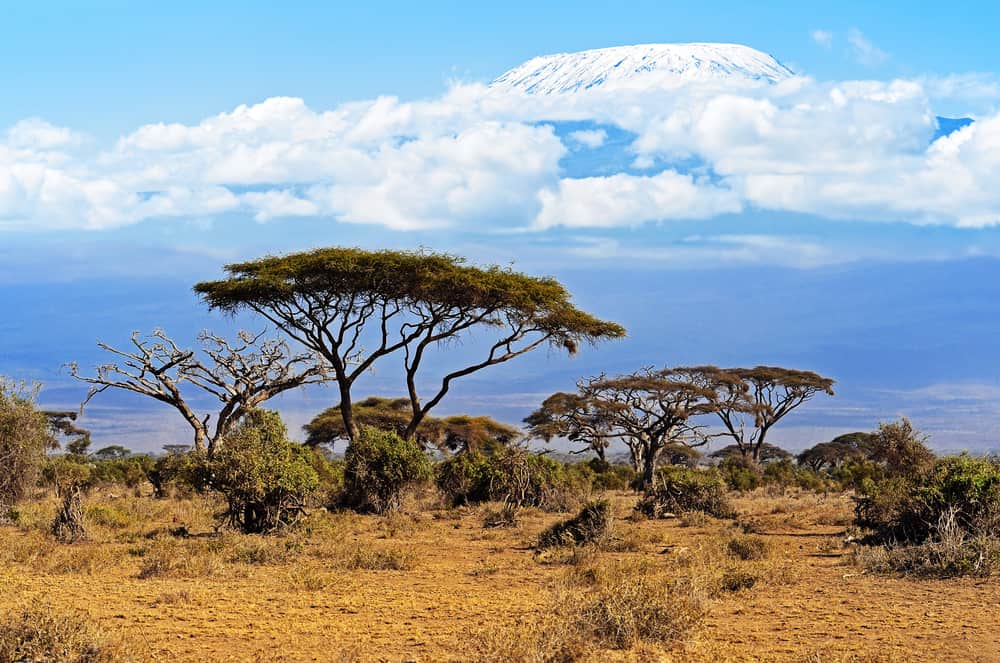
Mount Kilimanjaro served as a navigational landmark for Arab and Chinese traders throughout history.
While the mountain’s prominence is evident in ancient records, the documented references to Mount Kilimanjaro as a “snow island in the sky” appear from explorers, missionaries, and scholars who ventured to East Africa in the 19th and 20th centuries.
In the mid-19th century, the missionary Johann Rebmann ventured to Kilimanjaro and published an account of his experiences, which, at the time, faced skepticism. However, this skepticism didn’t deter exploration and interest in the mountain. In 1885, Kilimanjaro became part of a German Protectorate, setting the stage for significant European involvement.
The Highest Mountain in Germany
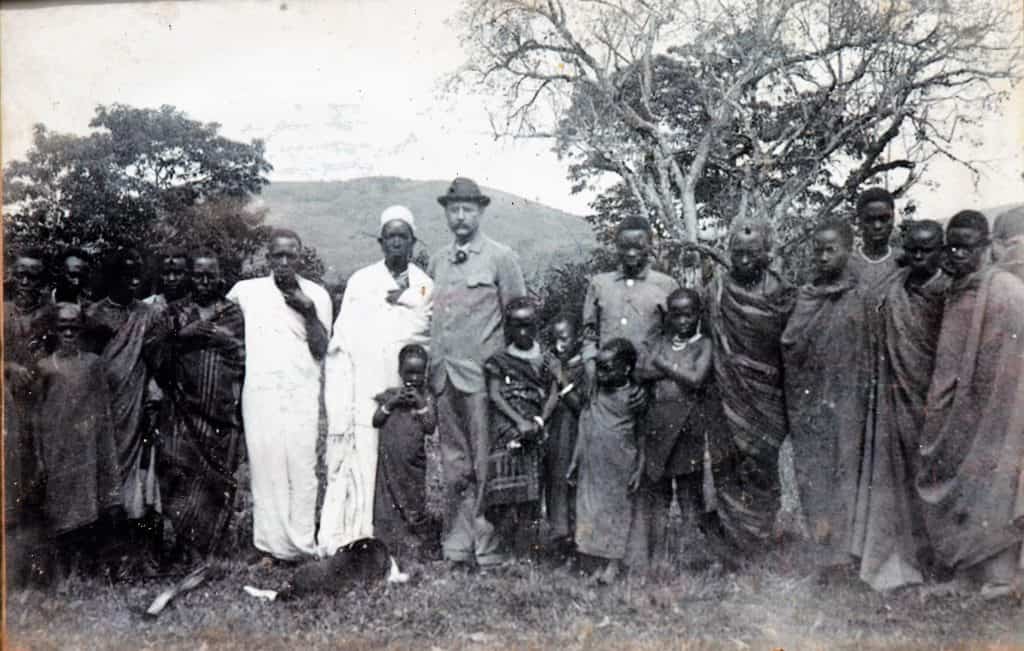
The historic moment arrived in October 1889 when Hans Meyer, a German geologist, and Ludwig Purtscheller, an Austrian mountaineer, climbed to the summit of Kilimanjaro.
The expedition to Uhuru Peak marked the beginning of Kilimanjaro’s fame in the Western world. Mount Kilimanjaro was described as “The highest mountain in Germany” due to Meyer’s nationality. Subsequently, the German colonial government designated Mount Kilimanjaro and its surrounding forests as a game reserve.
British Rule
Mount Kilimanjaro came under British control after World War I as a colonial territory known as British East Africa.
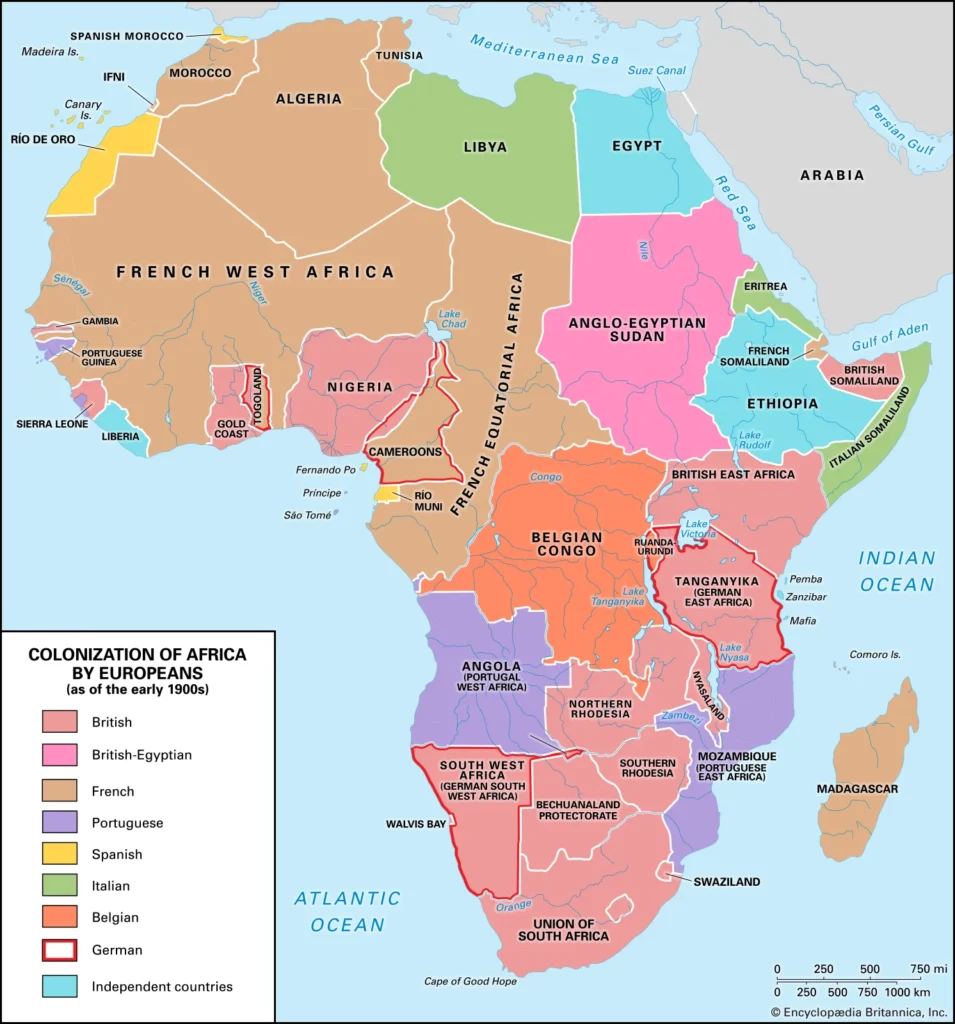
The formal transfer of the region to British control occurred with the establishment of the League of Nations, which granted Britain a mandate to govern the area. This mandate took effect in 1920, following the defeat of the German colonial forces. British East Africa included a vast area that comprises modern-day Kenya, Uganda, and Tanzania.
The region remained under British control until Tanzania gained independence in 1961.
The Birth of a National Park
With the growing interest in scaling the mountain’s heights, there was an increasing need to protect its fragile ecosystems and cultural heritage.
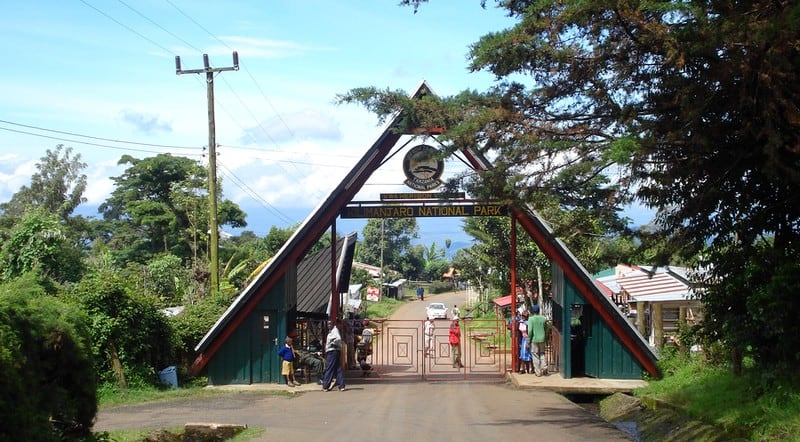
In 1973, Kilimanjaro National Park was established. This marked the formal recognition of Kilimanjaro as a national treasure and a commitment to its preservation. The park covered an area of approximately 652 square miles, or 1,688 square kilometers. The park is administered by the Tanzania National Parks Authority (TANAPA).
Mount Kilimanjaro National Park was later designated as a UNESCO World Heritage Site in 1987 for its outstanding natural value. The protection of the area was expanded in 2005 to include the entire tropical forest surrounding the mountain that was previously part of the Kilimanjaro Forest Reserve.
The lower slopes of Kilimanjaro are cultivated by the indigenous Chagga people.
The Indigenous Connection

For centuries, the indigenous Chagga people have called the fertile slopes of Kilimanjaro home. For them, the mountain is not just a geographic feature, but a spiritual entity woven into their lives.
The Chagga people have developed a sustainable way of life on the mountain through their agricultural prowess. They cultivate the rich volcanic soils, nurturing coffee, bananas, and other crops in harmony with the environment. The coexistence of people and nature on Kilimanjaro’s slopes demonstrated the balance between tradition and conservation.
The Future of Mount Kilimanjaro
The establishment of Mount Kilimanjaro National Park was not merely an administrative decision; it represented a commitment to preserving the region’s unique flora, fauna, and cultural heritage.
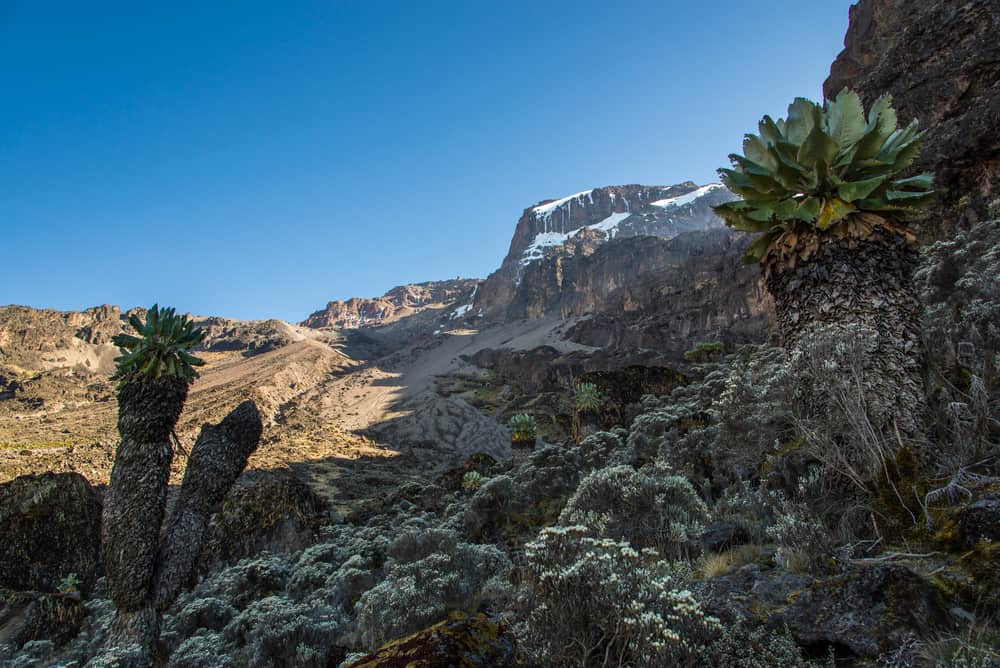
It is estimated that between 30,000 to 50,000 tourists venture into Tanzania every year for the purpose of climbing Mount Kilimanjaro.
Conservation efforts within the park aim to achieve several crucial objectives:
- Protection of Biodiversity: Kilimanjaro’s slopes are home to a variety of plant and animal species, including endemic and endangered ones. The park provides a sanctuary for these species to thrive.
- Preservation of Cultural Heritage: The Chagga people’s traditions and way of life are integral to the mountain’s cultural heritage. The park seeks to safeguard these traditions for future generations.
- Sustainable Tourism: Regulations within the park ensure that tourism activities are conducted in an environmentally responsible manner, minimizing the impact on the ecosystems.
- Research and Education: The park serves as a living laboratory for researchers and scientists studying climate change, ecology, and other disciplines. It also provides educational opportunities for visitors to learn about the environment and culture.
The future of Mount Kilimanjaro National Park holds both promise and challenges.
The impacts of climate change, including glacier recession and altered weather patterns, are becoming increasingly evident on the mountain. Efforts to mitigate these challenges are ongoing, with the international community recognizing the importance of safeguarding the mountain.
Mount Kilimanjaro National Park Fun Facts
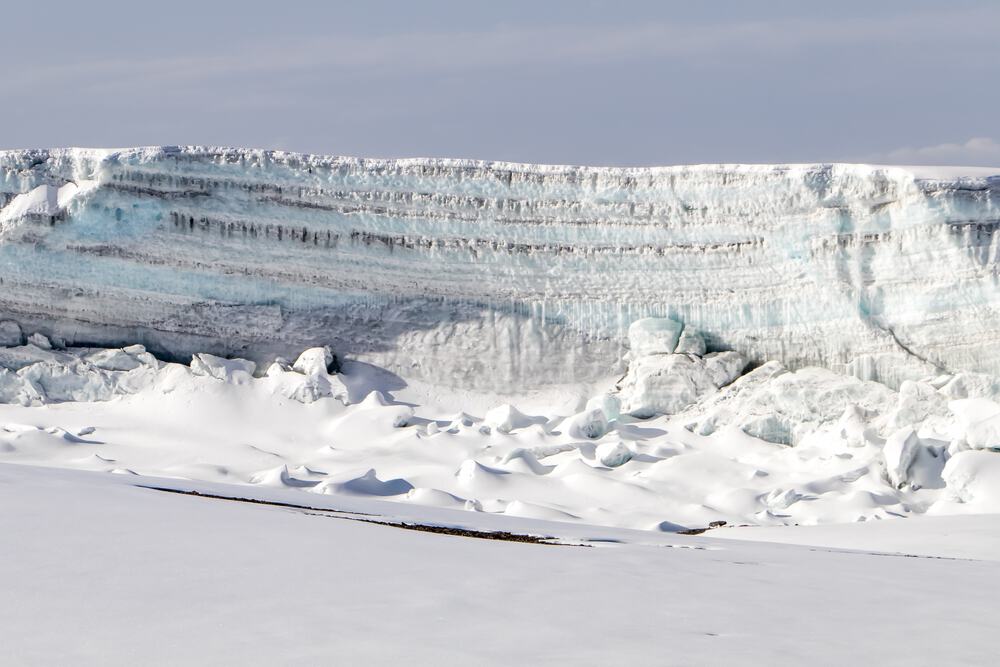
Here are some interesting facts about the park.
- Kilimanjaro’s Name: The origin of the name “Kilimanjaro” is uncertain, but it’s believed to be a combination of Swahili and Chagga words. Some interpretations suggest it means “Mountain of Greatness” or “Mountain of Caravans.”
- Multiple Peaks: Kilimanjaro is often thought of as a single mountain, but it’s actually a stratovolcano with three distinct cones: Kibo, Mawenzi, and Shira. Kibo is the tallest and has Kilimanjaro’s summit.
- Glacial Retreat: Mount Kilimanjaro’s glaciers have been receding rapidly in recent decades due to climate change. Some estimates suggest that the glaciers might disappear entirely by 2030. This has led to concerns about the impact on local ecosystems and water resources.
- Beneath the Ice: Kilimanjaro’s glaciers are hiding a secret. Beneath the ice, there are extensive cave systems formed by the volcanic activity that created the mountain.
- Scientific Studies: Kilimanjaro has been the subject of numerous scientific studies, including research on climate change, glaciology, and altitude-related health issues. The mountain provides a natural laboratory for scientists studying these topics.
- Rich Biodiversity: Despite its cold, inhospitable summit, Kilimanjaro National Park is home to a surprising array of wildlife. It also has unique plant life, including the distinctive giant groundsel and lobelia.



















































